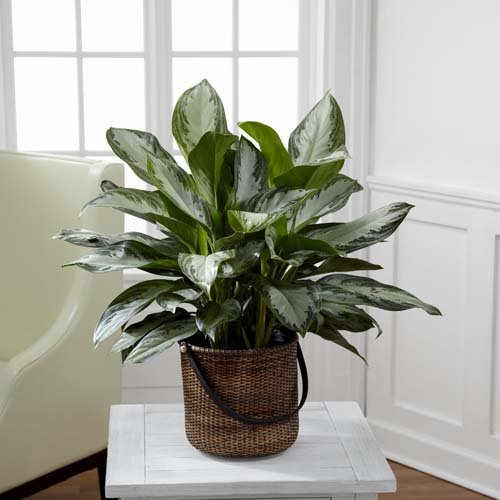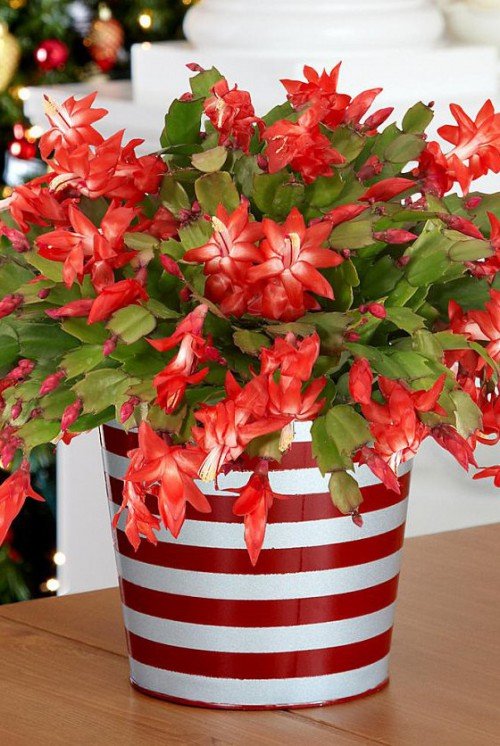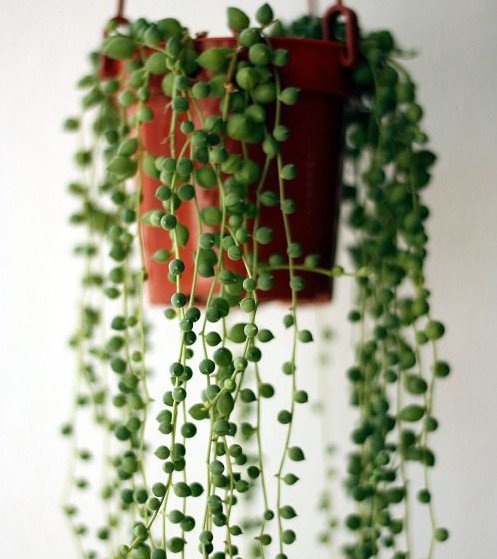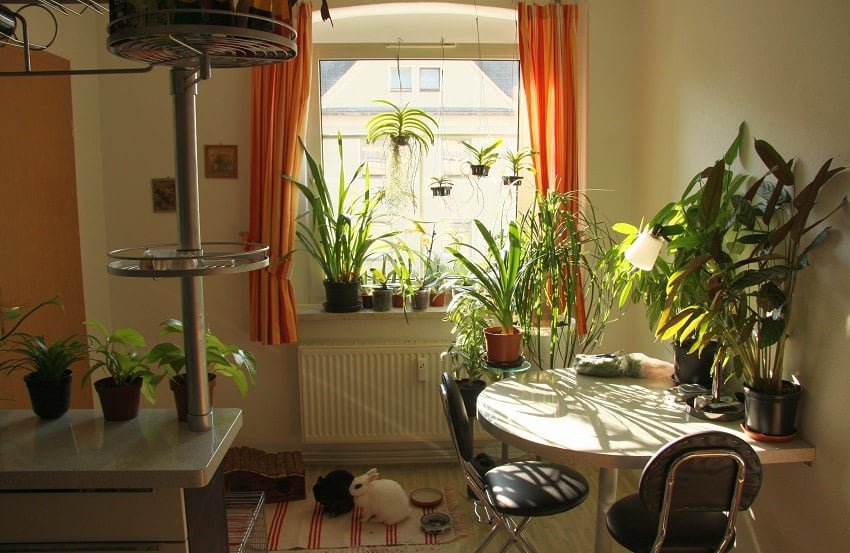Want to grow indoor plants, but do you know how much light direct or indirect required? Must read our informative article on the BEST indoor plants and their light requirements!
Use Light as a Guide for Selecting Plants for Indoors
If an indoor or house plant does not have appropriate light, nothing else you do for it will help. More water and fertilizer are not substitutes for low light. So, when selecting a plant, it is best to start with the available light, not the plant species.
Outdoor gardeners are familiar with light descriptors such as full sun, shade, partial shade, dappled light, etc. Those terms don’t translate well to indoor settings. What follows are detailed descriptions of the different categories of light found in most homes and offices and used by indoor plant professionals. Within each category, I have listed the commonly used plant species that are good in those different light conditions.
Low Light Plants
Low light is not NO light or light so dim you could not read comfortably. All plants, other than mushrooms, require at least some light, and even the low light plants listed below require more light than most people realize. Low light is bright enough to read newsprint all day long. It is a location within a couple of feet of an uncovered north-facing window and within 6 feet of a south-facing uncovered window. Keep in mind that sheers, a porch overhang, a large tree or tall building outside the window can substantially reduce the intensity of the light.
Here are the plants that do well in low light conditions:

- Pothos
- Dracaena ‘Janet Craig’
- Dracaena ‘Lisa’
- Dracaena Massangeana (Corn Plant)
- ZZ Plant
- Chinese evergreen (Aglaonema)
- Snake Plant (Sansevieria)
- Peace Lily
- Philodendron
- Parlor Palm (Chamaedorea Elegans)
- Lucky Bamboo
- Cast Iron Plant (Aspidistra)
You will note that this is not a long list, and that is because there are so few plant species that have proven reliable in low light. Beware of retailers and plant labels that list other plant species as “low light”.
Artificial Light Plants
If the location you have in mind for a plant has no natural light at all, then it is still possible to grow the low light plants listed above. HOWEVER, it depends on the type of artificial light you have there. Standard incandescent and halogen bulbs produce light in the wrong part of the color spectrum to be useful for houseplants. They are not suitable as either the sole source of light or as a supplement to low natural light. Incandescent bulbs labeled as ‘Grow Lights’ are huge energy wasters, and I don’t recommend them.
Fluorescent lights are adequate for the low light plants listed above. Overhead fluorescent lights used in many offices are excellent for most low light plants. The spiral CFL’s used in home lamps work moderately well if the plants are within a few feet of the bulbs.
LED’s are new on the market and can be color corrected for plant use, but they are still hard to find and identify.
Bright Indirect Light Plants
This is the light that you get just off to the side or just past the location from where the direct sun rays come through. It is also the light you get through any usually sunny window on a cloudy day. It is never more than a few feet away from any window.
All of the low light plants listed above will do even better in bright indirect light. However, those low light plants will suffer if exposed to the direct sunlight for even a couple of hours each day. Here are the plants that do well in bright indirect light:

- Kentia Palm
- Rhapis Palm
- Bamboo Palm
- Money Plant (Pachira)
- Dracaena marginata
- Phalaenopsis Orchid
- African Violet
- White Bird of Paradise
- Areca Palm
- English or Hedera Ivy
- Schefflera
- Rubber Plant (Ficus elastica)
- Monstera
- Sago Palm (Cycad)
- Peperomia
- Calathea
- Dracaena Warneckei
- Prayer Plant (Maranta)
- Dieffenbachia
- Anthurium
- Alocasia
- Bromeliad species
- Most fern species
Low Sunlight Plants
Low sunlight location is where the plant would receive direct sunlight on the leaves for 2 – 4 hours per day, but no more.

- Ficus Benjamina
- Ficus Lyrata
- Ficus Alii
- Norfolk Island Pine
- Ming aralia (Polyscias)
- Ponytail Palm
- Wax Plant (Hoya)
- Spider Plant
- Dracaena Arborea
- Jade (Crassula)
- Most succulents
- Yucca
- Asparagus Fern
- Caladium
- Alocasia
- Aloe vera
- Purple Passion (Gynura)
- Date Palm (Phoenix dactylifera)
- Christmas Cactus
- Syngonium
- Areca Palm
- China Doll
- Croton
Full Direct Sunlight Plants
Few homes and offices have locations with this much sunlight. This is a location very close to large south or west-facing window with no outside obstructions and no window coverings at any time during the daylight hours. This is too much light for any of the previously listed plants because this much direct light intensity will burn their foliage.
Note: Some of the plants listed here will also do quite well with a half-day of direct sunlight.

- Banana
- Citrus trees
- Coleus
- Datura
- Desert Rose
- Euphorbia
- Geranium
- Begonia
- Hibiscus
- Kalanchoe
- Madagascar Palm
- Mandevilla
- Zebrina
- Purple Heart
- String of beads
- Sweet potato vine
- Most herbs
- Succulents
Of course, there are many other plant species not listed in this article. That is because they are not commonly used or available. Plants not listed often have specific requirements that make them problematic for most people. These requirements include very high humidity, cooler temperature, and dormant periods. Select such plants carefully and be sure you understand the special challenges that come along with growing plants indoors.
Pin it!
Will Creed is a professional interior landscaper with over 30 years of experience in caring and growing houseplants in homes and offices in Manhattan, NYC.
He offers indoor plant services in NYC.






What are pet friendly house non toxic house plants pretty and easy to grow with low light?
Thank you for a great description of what the different light conditions are!
it is a really good blog about decorative plants with lighting. In these are night time will be bright the light and beautiful. Thanks, you share this blog it is very informative.